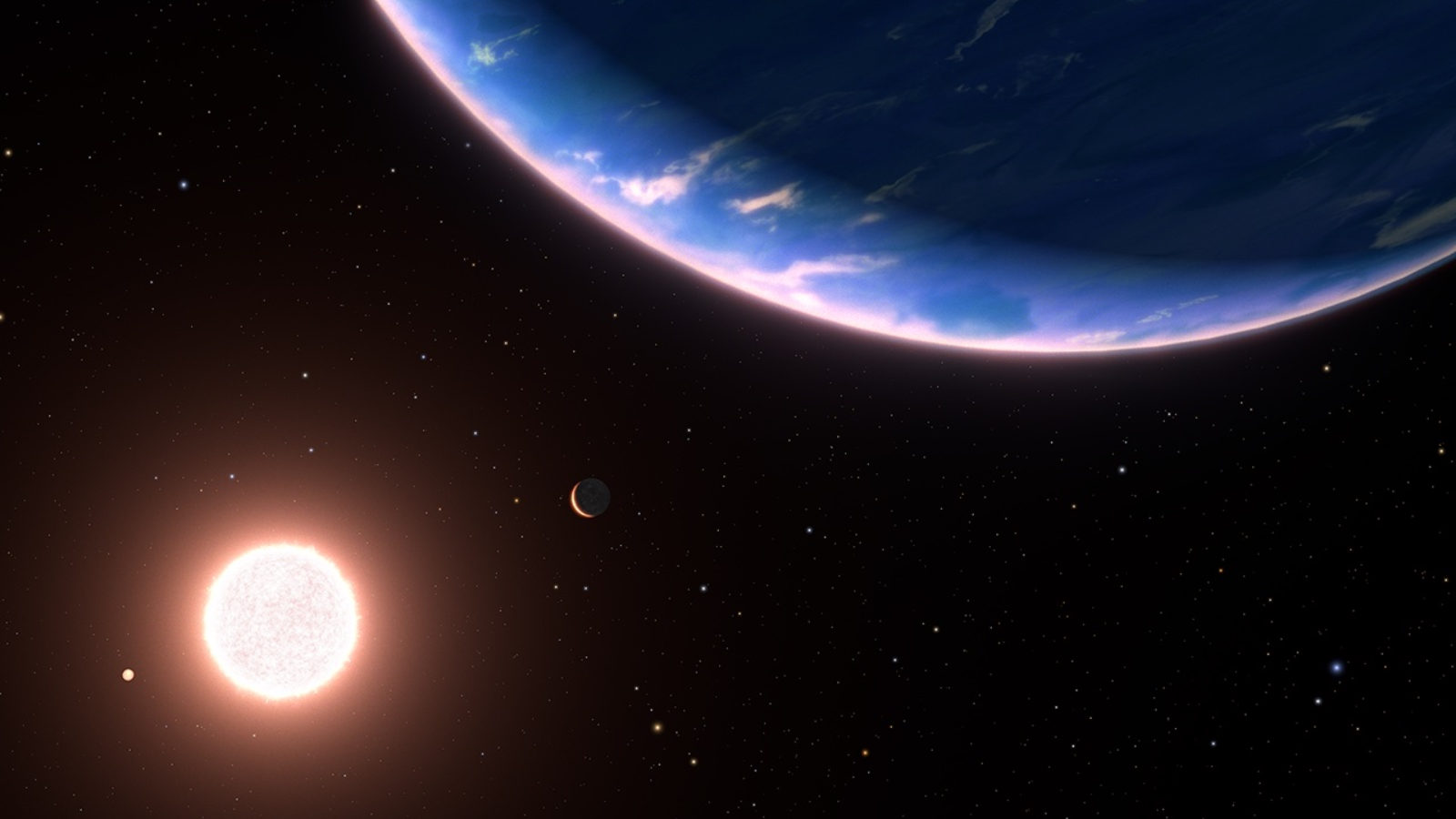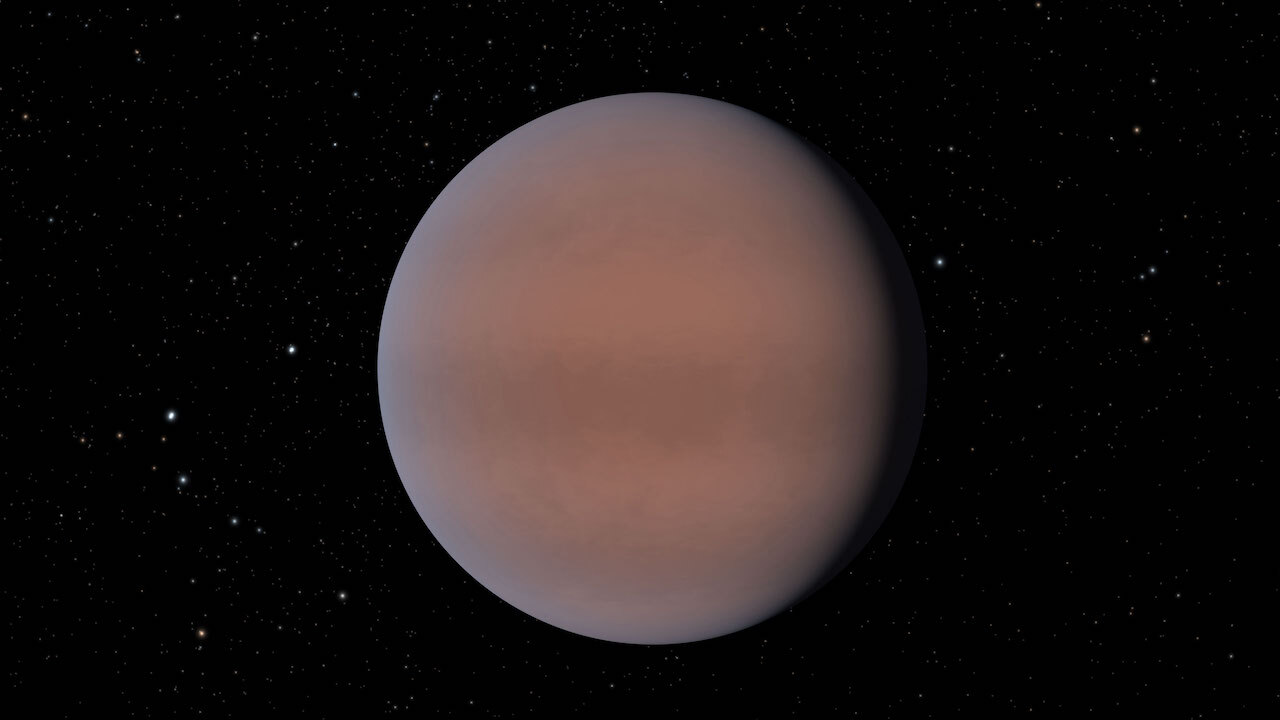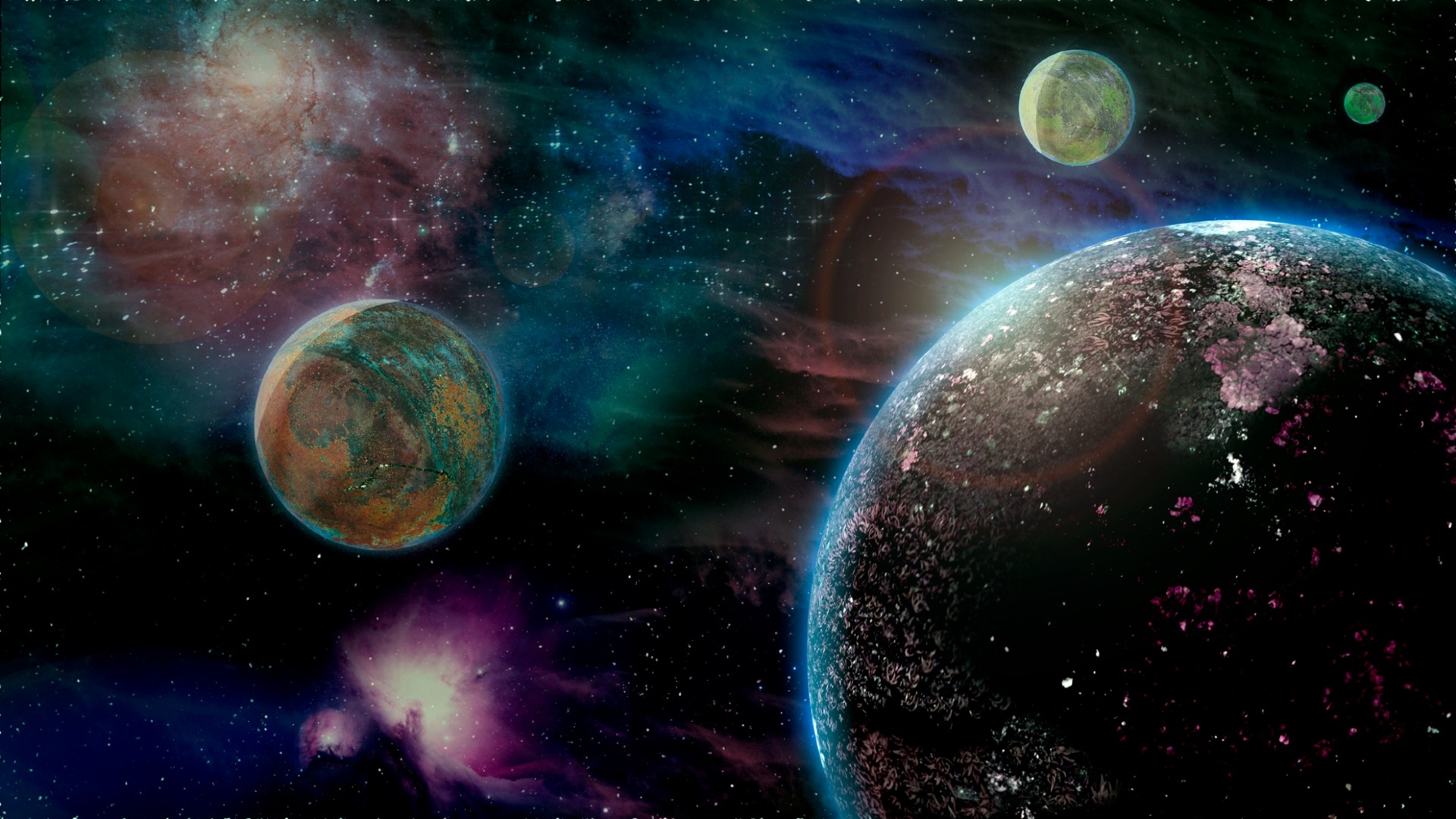What's the forecast for Neptune-like exoplanets: Cloudy or clear?
"We want to comprehend the behaviors of these planets, given that those slightly larger than Earth and smaller than Neptune are the most common in the galaxy."

What is the weather forecast like for the Milky Way's most common planets? Cloudy or clear?
New research aims to discover if so-called "mini-Neptunes" — which are smaller than the solar system ice giant of the same name but larger than Earth — have atmospheres that are opaque with thick clouds or more hazy and translucent.
Despite being more common than any other planet in our galaxy, the solar system lacks a mini-Neptune. That means, to study these worlds, scientists have to look beyond our planetary backyard with instruments like the Hubble Space Telescope and the James Webb Space Telescope (JWST), pointing them at so-called extra-solar planets or "exoplanets."
Related: James Webb Space Telescope makes rare detection of 2 exoplanets orbiting dead stars
Jonathan Brande, a University of Kansas ExoLab scientist, looked at the atmospheres of 15 Neptune-like worlds to better understand their compositions and to hunt for clues as to why our solar system may lack such a planet.
"We want to comprehend the behaviors of these planets, given that those slightly larger than Earth and smaller than Neptune are the most common in the galaxy," Brande said in a statement. "The goal is to explore the physical explanations behind the distinct appearances of these planets."
Seeing right through mini-Neptunes
Brande based his investigation on a technique called transmission spectroscopy.
Get the Space.com Newsletter
Breaking space news, the latest updates on rocket launches, skywatching events and more!
"When a planet transits, meaning it moves between our line of sight and the star it orbits, light from the star passes through the planet's atmosphere, getting absorbed by the various gases present," Brande explained. "By capturing a spectrum of the star — passing the light through an instrument called a spectrograph, akin to passing it through a prism — we observe a rainbow, measuring the brightness of different constituent colors."
Because different chemical elements and compounds absorb and emit light at characteristic wavelengths, areas of brightness or dimness in this atmosphere-filtered spectrum can reveal the gases that make up that atmosphere. In fact, Brande had already used this method to great effect in 2022 to detect water vapor in the atmosphere of the super Neptune planet TOI-674 b.

In this new research, Brande and colleagues paid particular attention to the regions of exoplanets where atmospheric aerosols are present, and thus where clouds and hazes that block light as it filters through the atmosphere are prone to form.
"If a planet has a cloud right above the surface with hundreds of kilometers of clear air above it, starlight can easily pass through the clear air and be absorbed only by the specific gases in that part of the atmosphere," Brande said. "However, if the cloud is positioned very high, clouds are generally opaque across the electromagnetic spectrum. While hazes have spectral features, for our work, where we focus on a relatively narrow range with Hubble, they also produce mostly flat spectra."
If aerosols are high in the atmospheres of planets, that means light has no clear pathway through that atmosphere. And because Hubble is sensitive to water vapor, spotting water vapor in a planet's atmosphere with this space telescope is a good indication that there are no clouds high enough to block light absorption.
"Conversely, if water vapor is not observed and only a flat spectrum is seen, despite knowing that the planet should have an extended atmosphere, it suggests the likely presence of clouds or hazes at higher altitudes," Brande said.

The analysis conducted for the mini-Neptunes was different from previous studies because, rather than fitting data to a model that applies to any exoplanet, the team developed a special model to determine the atmospheres of small, common worlds.
"Typically, researchers would take an atmospheric model with pre-computed water content, scale and shift it to match observed planets in their sample," Brande said. "This approach indicates whether the spectrum is clear or cloudy but provides no information about the amount of water vapor or the location of clouds in the atmosphere."
This atmospheric retrieval method allowed the team to factor parameters such as water vapor quantity and cloud location into their models and then work through hundreds and thousands of simulations to find the best-fit configuration.
"Our retrievals gave us a best-fit model spectrum for each planet, from which we calculated how cloudy or clear the planet appeared to be," Brande said. "In examining cloud and haze behavior, our models indicated that clouds were a better fit than hazes."
Brande and colleagues were even able to determine the condition of the clouds because of how efficiently sedimentation occurs in the atmospheres of mini-Neptunes
"The sedimentation efficiency parameter, reflecting cloud compactness, suggested observed planets had relatively low sedimentation efficiencies, resulting in fluffy clouds," Brande concluded. "These clouds made up of particles like water droplets, remained lofted in the atmosphere due to their low settling tendency."
The research was published in January in The Astrophysical Journal Letters.
Join our Space Forums to keep talking space on the latest missions, night sky and more! And if you have a news tip, correction or comment, let us know at: community@space.com.

Robert Lea is a science journalist in the U.K. whose articles have been published in Physics World, New Scientist, Astronomy Magazine, All About Space, Newsweek and ZME Science. He also writes about science communication for Elsevier and the European Journal of Physics. Rob holds a bachelor of science degree in physics and astronomy from the U.K.’s Open University. Follow him on Twitter @sciencef1rst.
-
rod The reference paper shows the exoplanets reviewed in the paper.Reply
"Table 1. Planets in Our Sample and Their Relevant Parameters", https://iopscience.iop.org/article/10.3847/2041-8213/ad1b5c
Radius in earth units range 2.07 earth radii (GJ 9827 d (Roy et al. 2023) up to 9.46 earth radii size (Kepler-51 d (Libby-Roberts et al. 2020).
That is a sizeable radius range here. Using 2.07 to 9.46, I see 1679 exoplanets listed at the .eu site, https://exoplanet.eu/home/
At the NASA site, I see 1900 exoplanets reporting in this radius size (average radius computed), https://exoplanetarchive.ipac.caltech.edu/index.html
Plenty to study on exoplanets now with so many confirmed.








